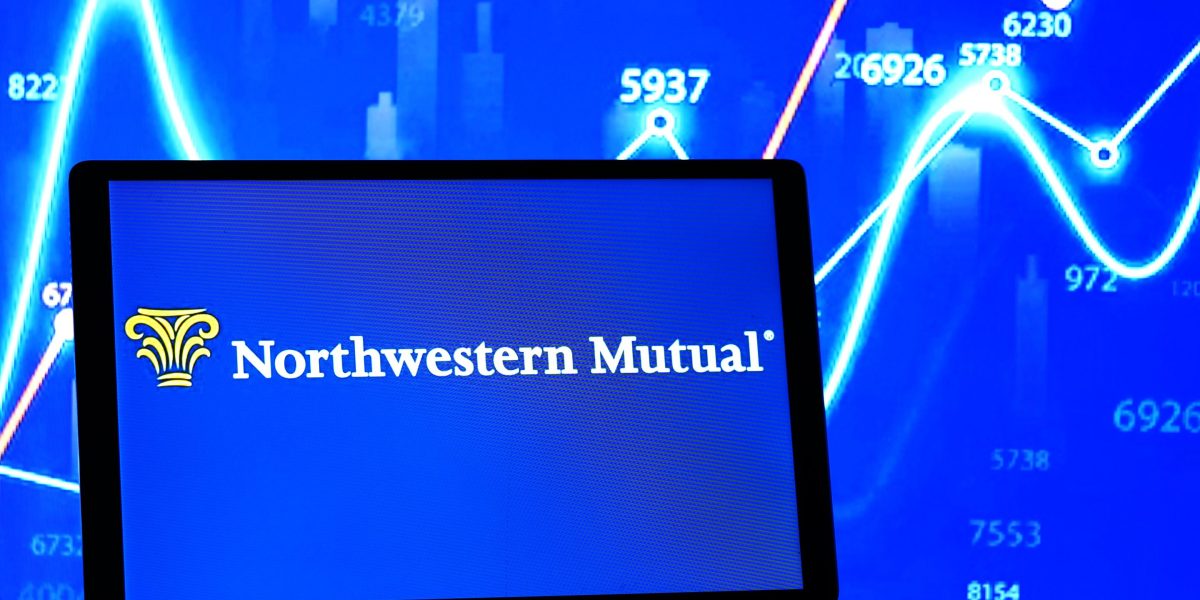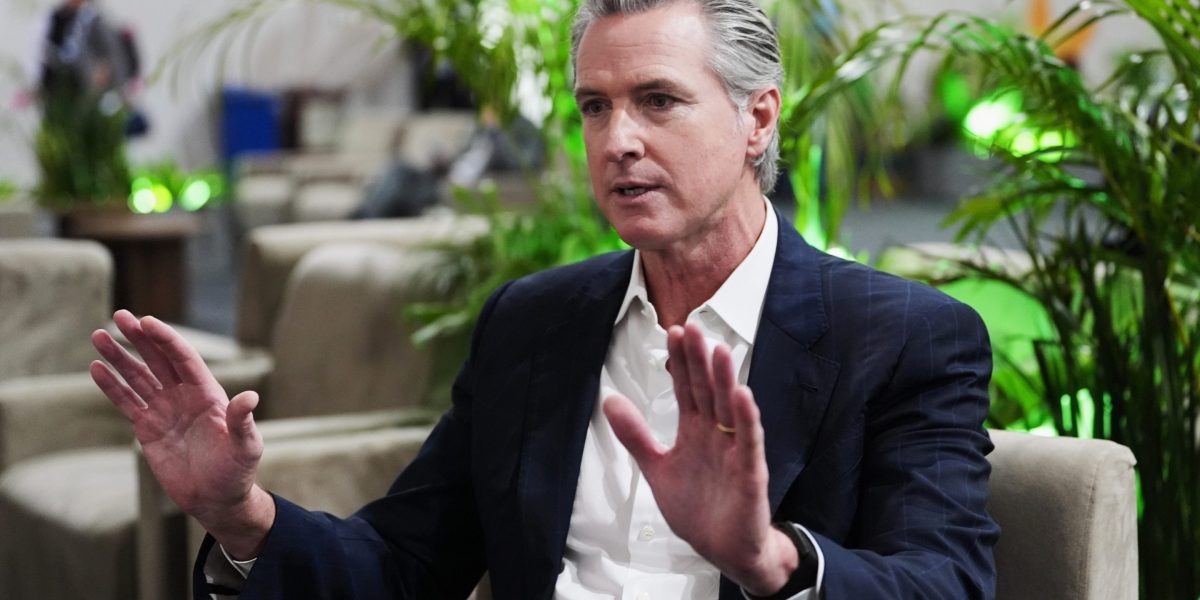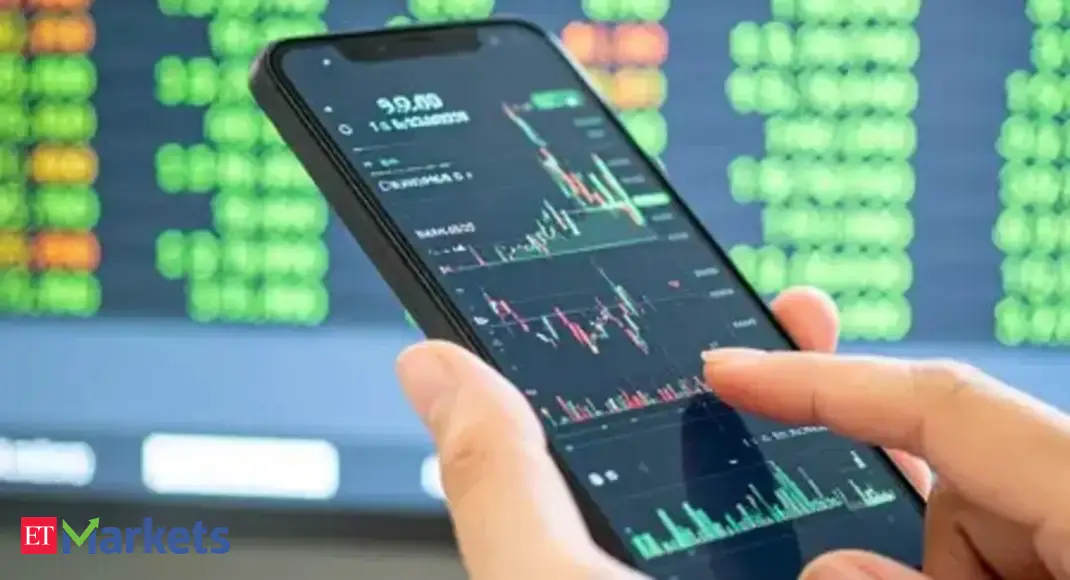When politicians talk about the economy, they rarely stick to the fine print. A recent segment from economist and TV host Larry Kudlow praised what he called “The Trump Effect”, a mix of tax cuts, market optimism and a blue-collar boom.
It sounds exciting but Kudlow has also previously been singled out by decision scientists as a “consistently wrong” pundit[1], so what’s the truth?
Kudlow’s look at revised government data that showed U.S. GDP growing at 3.8% during the second quarter of Trump’s presidency. That was a big swing from the -0.6% drop in the quarter before. To Kudlow, that looked like proof that Trump’s tax bill was already working.
The bill let businesses write off the cost of new machines and computers right away instead of spreading it out over years. Kudlow argues that this was why companies suddenly spent more—business investment jumped 8.5%.
Kudlow also highlights to a 16% rise in new businesses starting up, a stat he borrowed from the St. Louis Federal Reserve. And he waved at the stock market as more proof: since early April, the S&P 500 was up 32% and the Nasdaq was up 46%.
Put together, Kudlow paints a picture of an America bursting with confidence — companies buying, investors piling in, and entrepreneurs hanging out new signs. In his words, America is “the hottest country in the world.”
Several of Kudlow’s claims invite closer scrutiny.
The “big beautiful bill” and its tax credits weren’t actually signed until after Q2 closed in July. That means businesses would have needed crystal balls to know exactly what was coming and start spending accordingly. It’s like crediting your morning coffee for making you productive yesterday—the sequence just doesn’t work.
Next, when Kudlow talks about inflation, he points to something called the GDP deflator sitting at just 2.1%. But here’s the thing: that’s not what you feel at the grocery store. Most economists prefer looking at the Consumer Price Index (CPI) or Personal Consumption Expenditures (PCE) because those actually track what families spend.
The GDP deflator can get be skewed in shifts in exports, imports or when businesses buy new equipment, making it about as useful for your budget as a thermometer telling you the temperature in a different city.
Kudlow’s also celebrating that businesses are producing more than consumers are buying, which sounds great since it signals investment and expansion. That is, until you remember who keeps the economy running. Consumer spending makes up about two-thirds of U.S. GDP. Without robust consumer demand, factories and equipment upgrades may not translate into sustained job or wage growth.
Finally, stock market gains weren’t quite that dramatic. Kudlow says stocks jumped 32%, but that’s only if you measure from a convenient low point in early April. Start from January 1 instead, and the S&P 500’s gains shrink to the mid-teens — still solid, but not exactly to-the-moon as he’s describing. The Nasdaq did outperform, but again, the chosen time frame amplified the effect.
For investors, cherry-picked start dates can make volatility look like steady growth.
Read more: There’s still a 35% chance of a recession hitting the American economy this year — protect your retirement savings with these 10 essential money moves ASAP
There’s no doubt that tax cuts encourage companies to spend and GDP in Q2 was significantly better than the prior quarter. Businesses have benefited from immediate write-offs and capital spending provided a short-term boost but was it driven by fear of tariffs or by the ‘big beautiful bill’?
The reality is that the American economy is driven by consumers and there are mounting signs that the consumer is under increasing financial strain. Kudlow may be right that business spending can lift the consumer but the long-term questions remain:
Will those investments lead to lasting productivity gains?
Can wages grow fast enough to support consumers, the backbone of the economy?
And will lower taxes without offsetting revenue create fiscal strains down the road?
For everyday investors, the “Trump Effect” underscores some key takeaways:
Policy can absolutely move markets. When investors get excited about tax cuts or new policies, stocks can rally on pure optimism. The trick is knowing whether you’re investing in real growth or just riding a wave of enthusiasm that might crash on the shore of reality.
Don’t chase headlines A booming quarter or a cherry-picked index return doesn’t guarantee the trend will last. For most of us investing for retirement or a kid’s college fund, slow and steady still wins the race.
Keep your eye on consumers. Businesses can buy all the equipment they want, but if people are struggling to pay their bills, that growth story falls apart fast. Watch what’s happening at Walmart, not just Wall Street.
The bottom line: Kudlow’s “Trump Effect” may have captured a real burst of optimism, but the economy is more complex than one quarter’s GDP print. For investors, that means balancing the excitement of short-term gains with the discipline of long-term strategy.
Join 200,000+ readers and get Moneywise’s best stories and exclusive interviews first — clear insights curated and delivered weekly. Subscribe now.
At Moneywise, we consider it our responsibility to produce accurate and trustworthy content people can rely on to inform their financial decisions. We rely on vetted sources such as government data, financial records and expert interviews and highlight credible third-party reporting when appropriate.
We are committed to transparency and accountability, correcting errors openly and adhering to the best practices of the journalism industry. For more details, see our editorial ethics and guidelines.
[1]. Goodreads. Philip E. Tetlock quote from “Superforecasting: The Art and Science of Prediction”
This article provides information only and should not be construed as advice. It is provided without warranty of any kind.

























